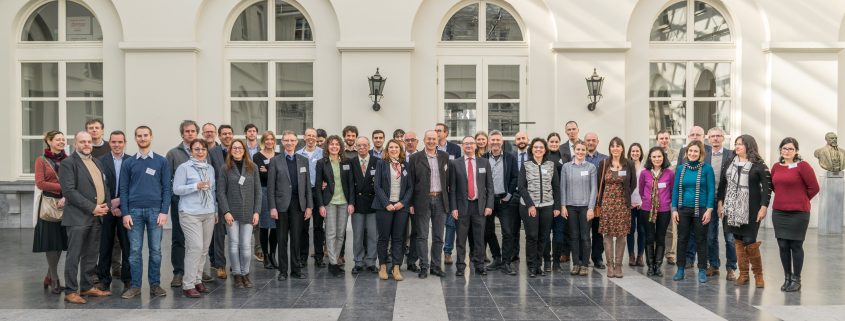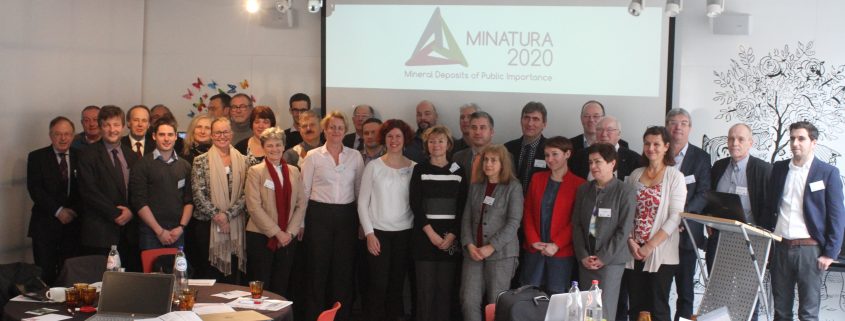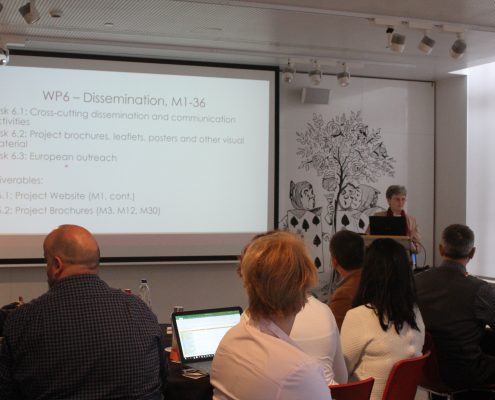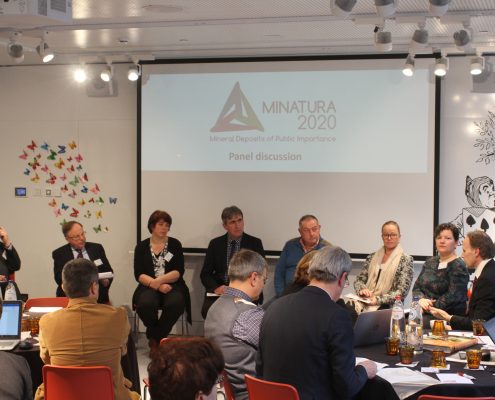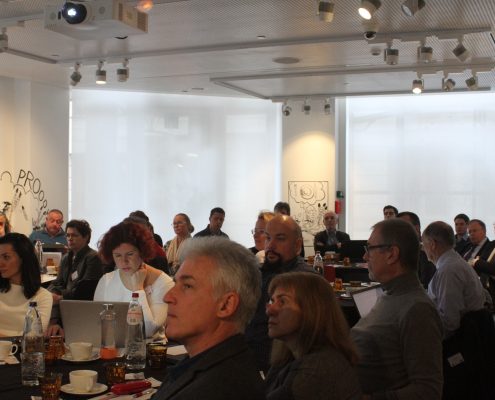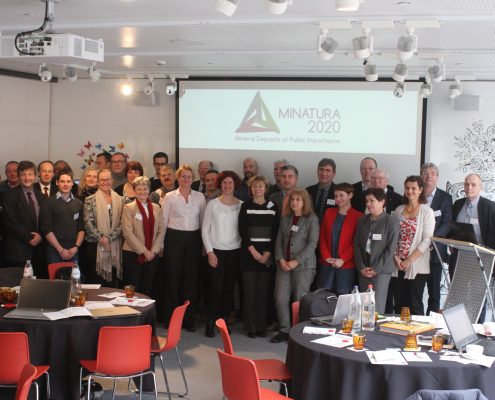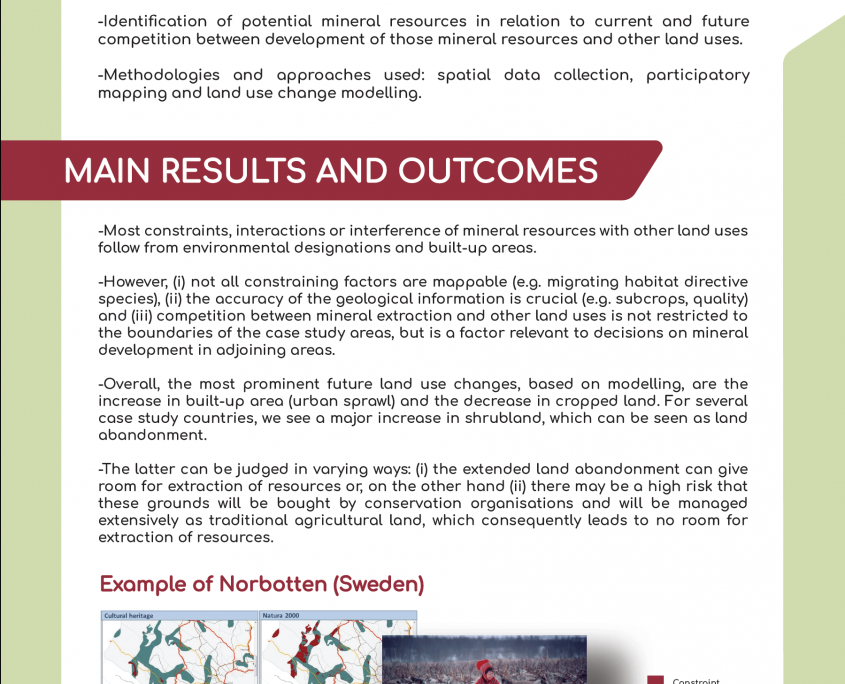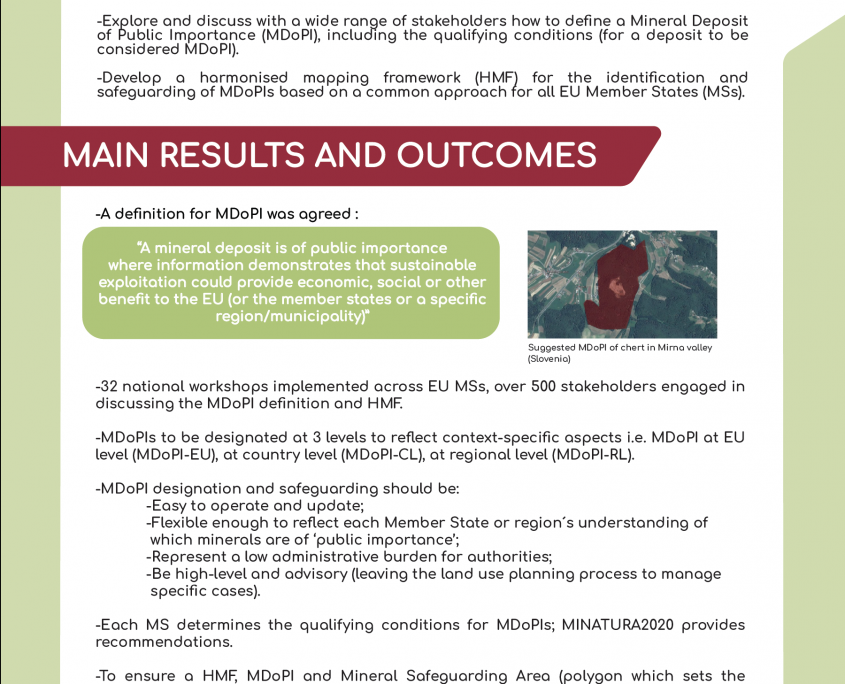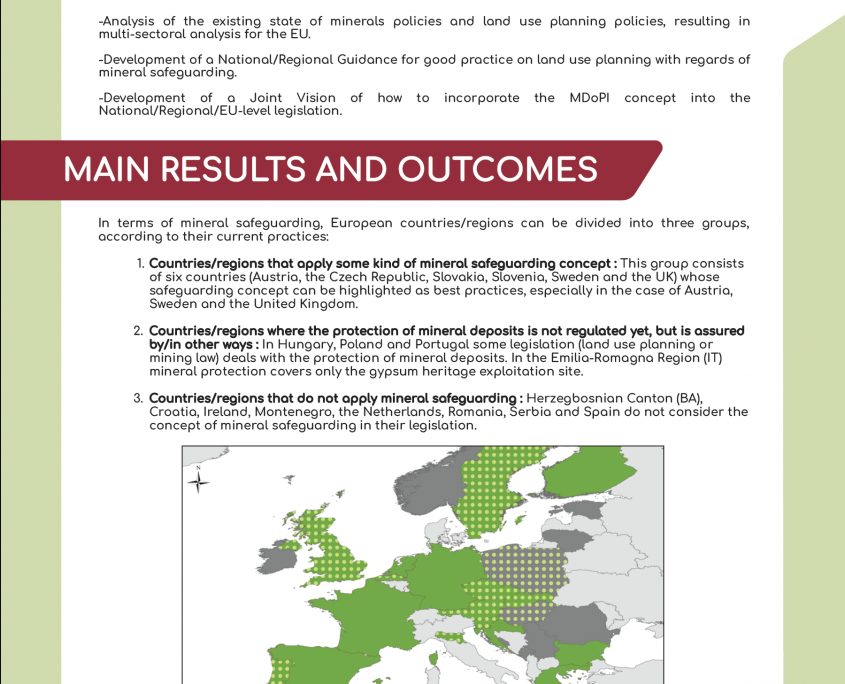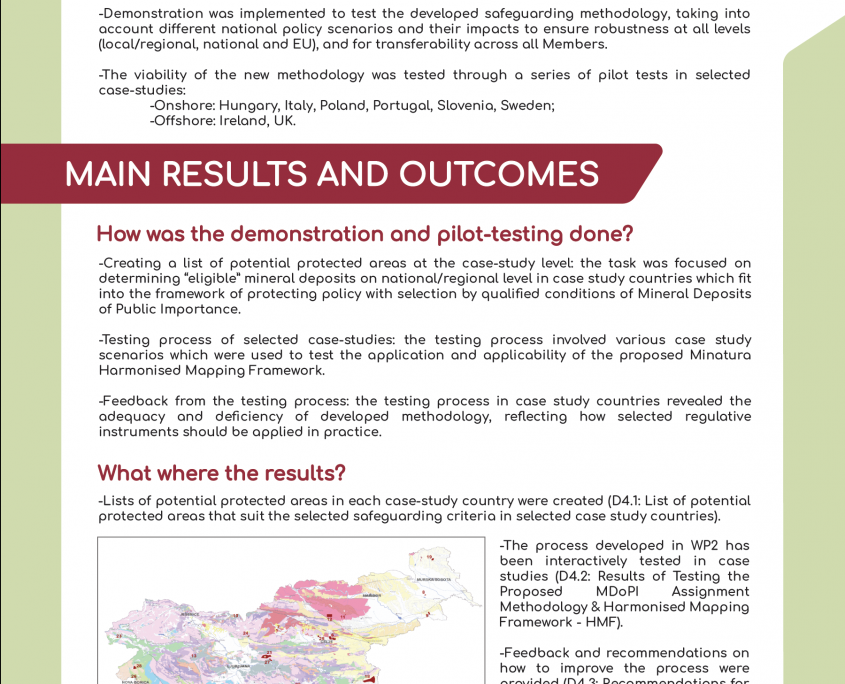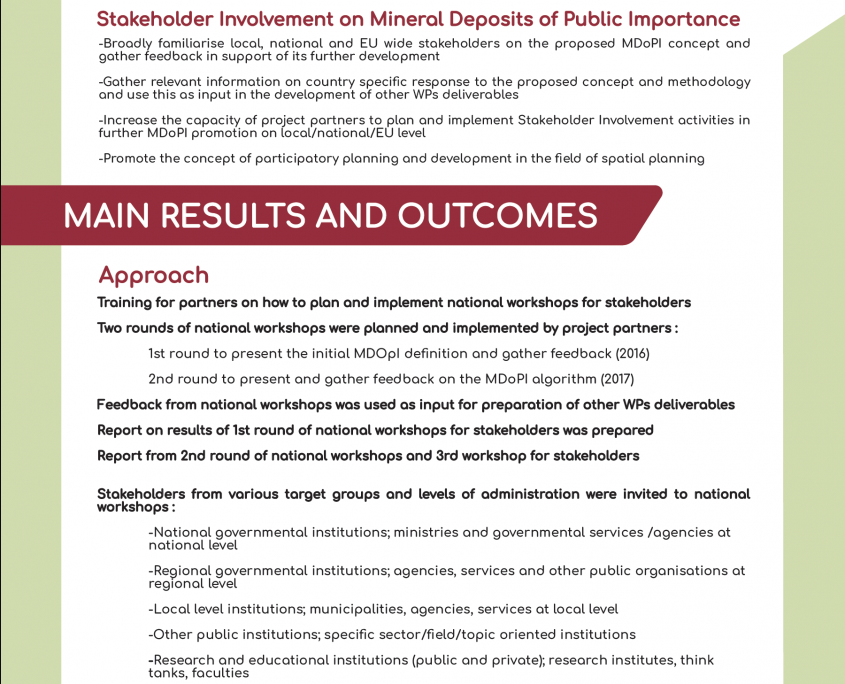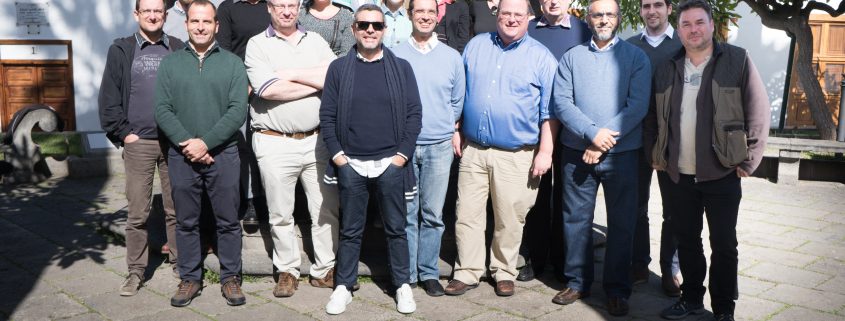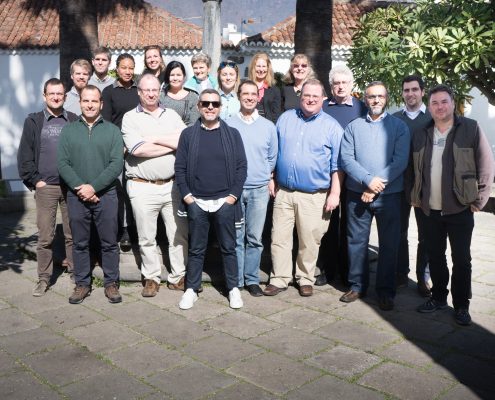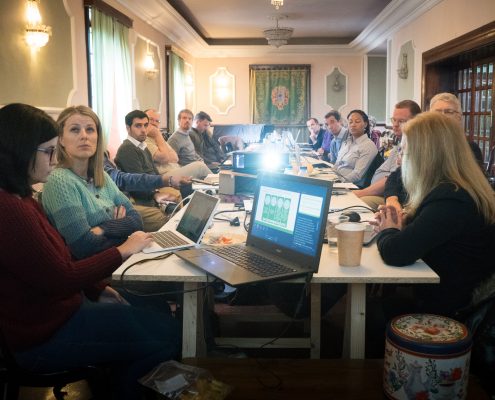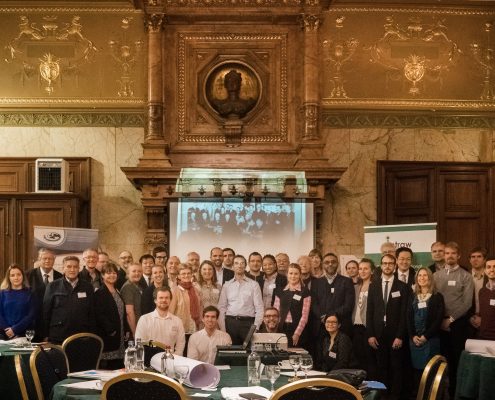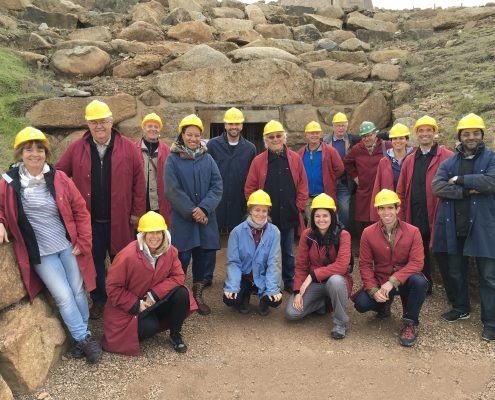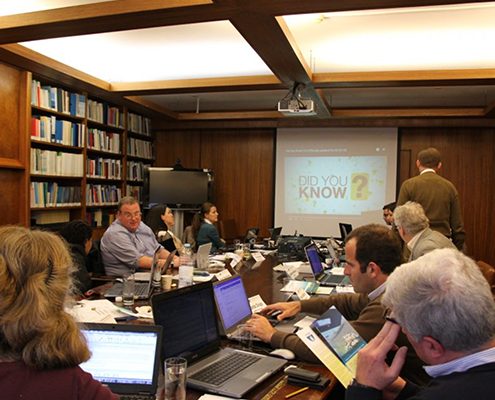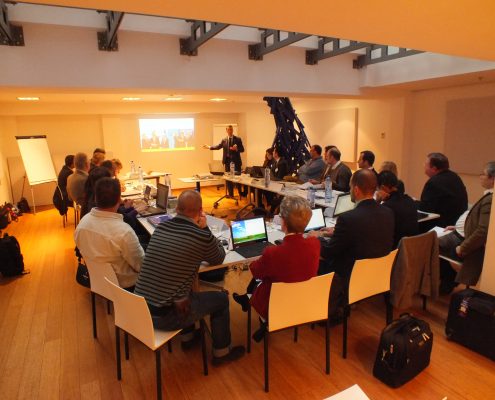KINDRA Final Conference, Brussels
Over the past 3 years the La Palma Research has been part of KINDRA project, aimed to gather and standardise groundwater knowledge and research across Europe by means of a EU-wide assessment of existing groundwater-related practical and scientific knowledge based on a new Hydrogeological Research Classification System (HRC-SYS), created by the project team. This classification is supported by a web-service – the European Inventory of Groundwater Research (EIGR) –acting not only as a knowledge repository but also as a tool to help identify relevant research topics, existing research trends and critical research challenges.
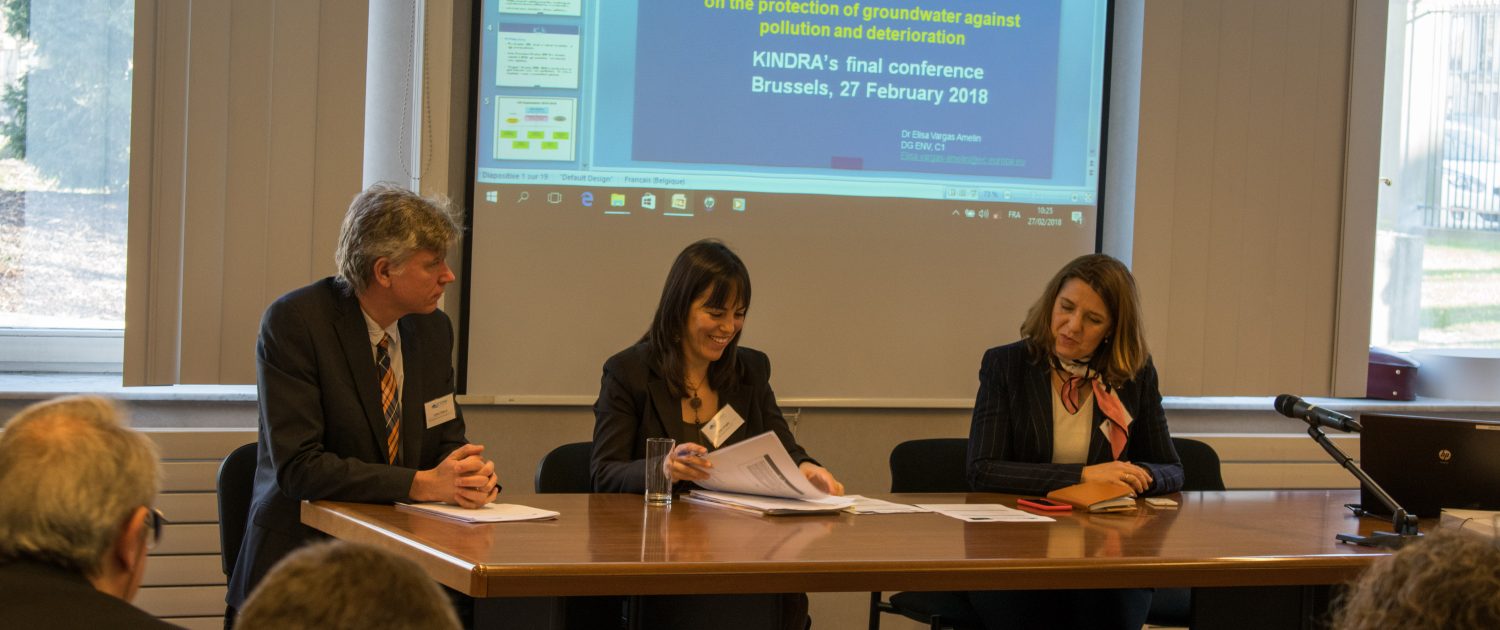
Panel discussion with Johan Stierna (DG Research and Innovation), Elisa Vargas (WG C, DG Environment) and Isabel Fernandez (EFG)
The project’s Final Conference in Brussels (BE) the 27th of February 2018, hosted in the Académie Royale de Bruxelles was co-organised by LPRC. The conference provided an overview of the work and measures developed, gathering feedback on the results obtained and planning for the future, so that the project outcomes -namely the EIGR- can be sustained after the end of KINDRA. Several member of the European Commission, as well as EASME, the International Association of Hydrogeologists and many more important stakeholders in science, research and groundwater were present and actively involved in Q&A and debates through the conference.
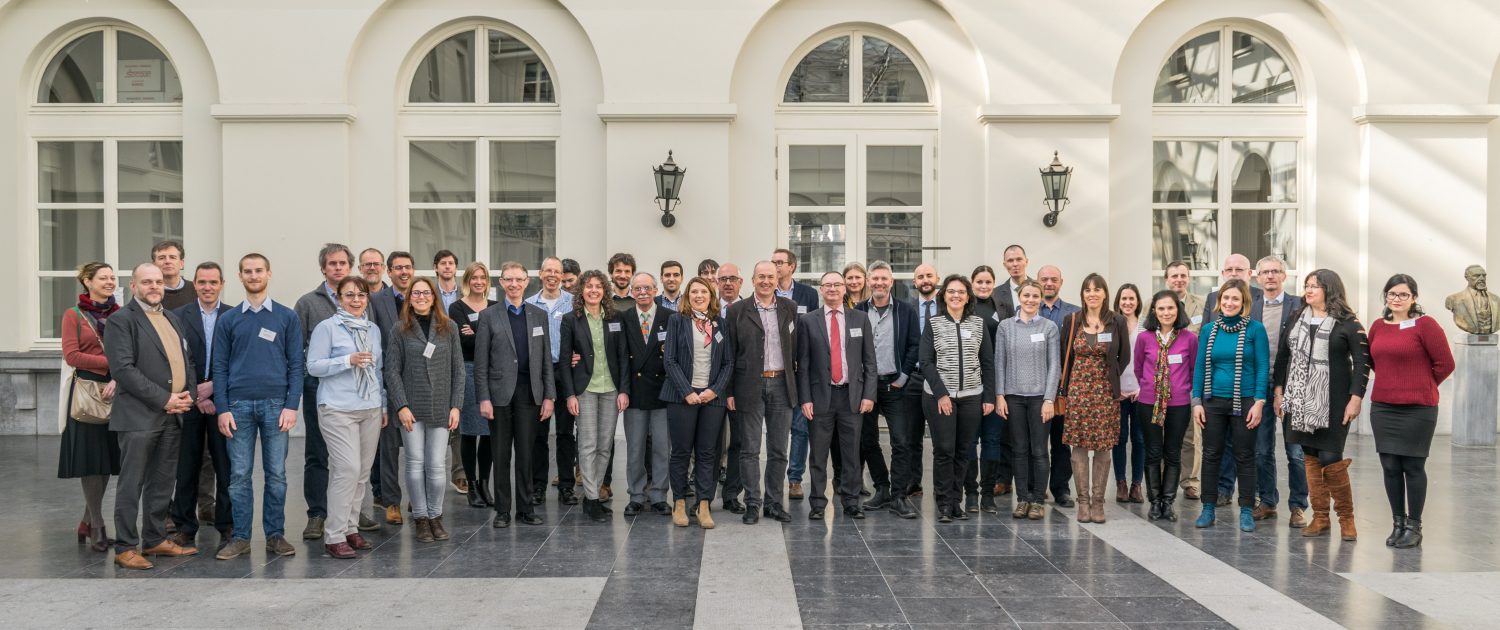
KINDRA Project ran for three years organised by a Consortium of nine partners, twenty linked third parties and ten members of the Joint Panel of Experts, making a total of twenty EU-countries collaborating. La Palma Research is proud to be part of this very important mission for the future of groundwater research.

